The best packaging design trends for custom tins in different industries in 2025
Packaging design is a crucial element in product presentation, as it attracts customers and enhances the brand image. Custom tins, due to their durability, aesthetics, and versatility, are a popular packaging choice across various industries. By 2025, packaging trends for customized cans will be primarily driven by sustainability, innovation, and the desire for personalized consumer experiences. These trends are particularly evident in industries like candles, coffee, tea, and snacks, where they not only protect the product but also provide customers with a unique unboxing experience.
Sustainable Custom Tins: Eco-Friendly Materials Gain Increasing Attention
Sustainability continues to dominate packaging design trends across various industries, and many users will incorporate sustainability into their customized tins. By 2025, manufacturers in sectors such as candles, coffee, tea, and snacks will increasingly turn to eco-friendly materials to meet the growing needs of environmentally conscious consumers. The use of recyclable, biodegradable, and sustainable materials is no longer just a trend; it’s a necessity. Tsing, for example, uses recycled tinplate for its custom cans because it is easily reusable and has a lower environmental impact than other materials. In industries such as candles, coffee, and tea, custom tin cans made from recyclable tinplate enable users to reuse them after use, demonstrating a commitment to environmentally friendly packaging and ensuring that packaging does not cause long-term environmental harm.
Increasing Emphasis on Simple, Modern Aesthetics
As consumer preferences evolve, custom design can become more sophisticated. By 2025, minimalist design is expected to dominate in European countries, particularly in sectors such as candles and coffee, which value simplicity. Clean lines, soft colors, and smooth surfaces make the candle within the tin stand out, creating a more refined and modern aesthetic.
In the candle industry, minimalist custom tins with clean logos and elegant designs will appeal to a wide range of consumers, creating a sense of luxury and sophistication. Furthermore, coffee and tea packaging in some regions is also shifting towards a clean, modern look, adopting neutral tones and understated branding to appeal to lifestyle-conscious consumers. Snack companies, particularly those focusing on premium or health-conscious products, will adopt minimalist custom can designs to emphasize purity, quality, and freshness.
Incorporating Bold, Vibrant Colors into Custom Tins
While minimalist design is gaining popularity, bold, vibrant colors will continue to have a significant impact in industries where shelf differentiation is crucial. For example, in the snack food industry, vibrantly colored custom cans are gaining popularity. Bright, eye-catching custom tins are an effective way to attract the attention of younger consumers, especially in the highly competitive retail landscape.
Meanwhile, in the coffee and tea industry, vibrantly colored custom cans are expected to become even more popular. Brightly colored custom coffee and tea tins can highlight the uniqueness of the product and create a playful, vibrant feel, particularly in regions like the UK and Ethiopia. Candle manufacturers will also favor vibrant custom can designs. Furthermore, for seasonal, limited-time releases, they will favor vibrant, deep hues that complement the scent of each candle. Brands that incorporate bold colors into their custom tins will stand out and attract younger, more trend-conscious consumers.
Innovative finishes can add a sense of quality and luxury
Whether matte, glossy, embossed, or textured, manufacturers in industries like candles, coffee, tea, and snacks are striving to create a premium feel through their packaging. Matte finishes are increasingly popular for their sophisticated, soft feel, while glossy finishes will continue to dominate for consumers seeking vibrant designs.
Embossing, debossing, and hot stamping will continue to be popular techniques in the custom canning industry, creating luxurious and unique packaging. In the candle industry, embossed logos and intricate patterns on custom cans convey elegance and a premium feel. Coffee and tea brands are also choosing these techniques to enhance the tactile quality of their custom tins, reinforcing the premium nature of their products. For snacks, embossed patterns and colorful hot stamping can add a touch of color, creating a more unique brand image and conveying a sense of luxury.
Interactive and Personalized Product Packaging
Personalized and interactive packaging will also be a key trend in custom tins in 2025, especially in industries where consumer engagement is crucial. Customized packaging is becoming a necessity, particularly in the custom candle tin market, where consumers appreciate products that feel unique and personal. Whether it’s custom tins with personalized messages, unique designs based on consumer preferences, or custom engraving, brands are exploring innovative ways to build deeper connections with their customers. For coffee and tea manufacturers, offering customized tins with names or special occasions will appeal to consumers seeking unique gifts. Interactive packaging, such as QR codes that display exclusive content or personalized offers, will also become a significant trend in the snack and beverage industry.
The Future of Custom Tin Packaging Design in 2025
In 2025, custom tins are expected to continue evolving, driven by sustainability, personalization, and technological advancements. From eco-friendly materials and bold design choices to the integration of interactive features, custom tins offer a unique way for brands to present their packaging. As consumer preferences shift toward personalized, sustainable, and high-quality packaging, manufacturers across all industries must adapt to these trends to remain competitive.


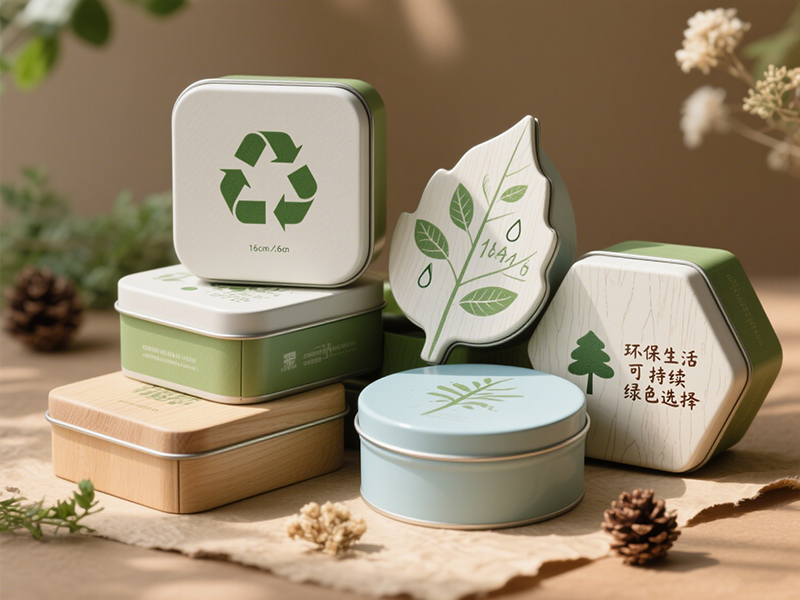
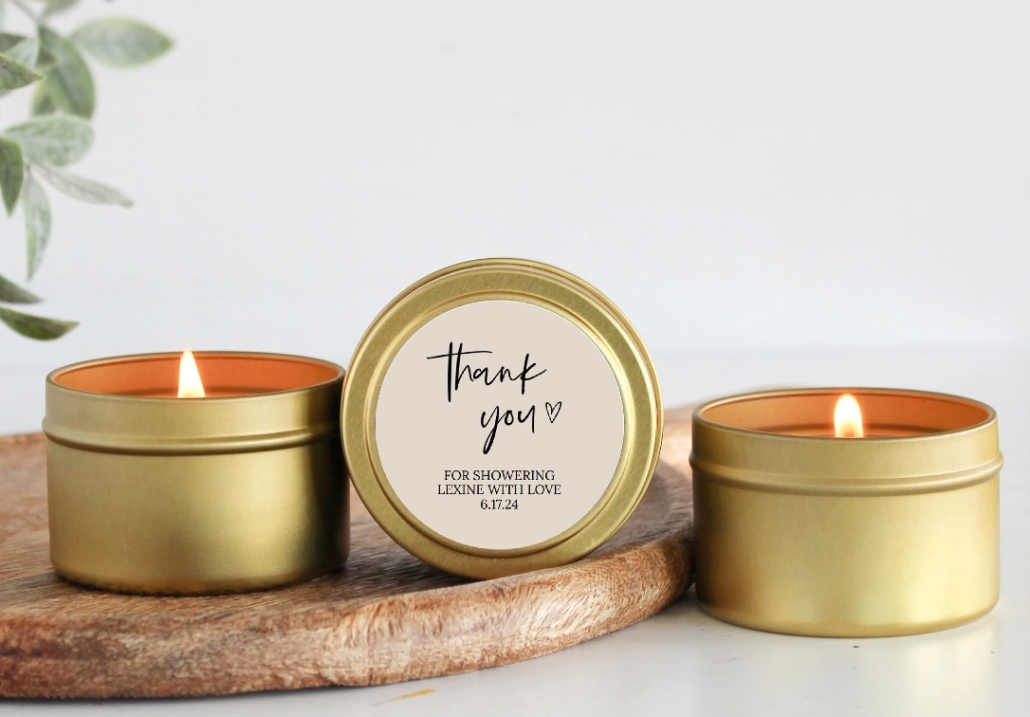
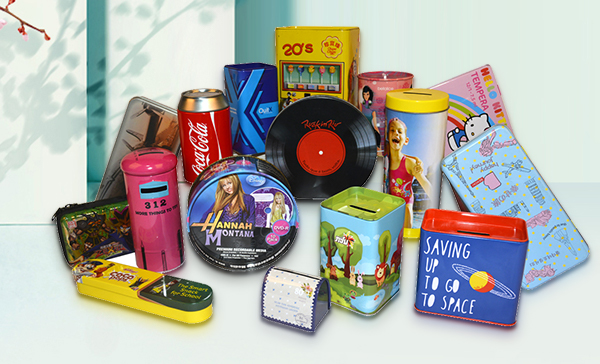
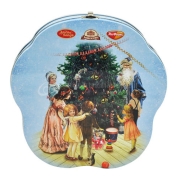
-180x180.jpg)


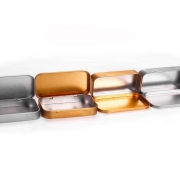


 Facebook
Facebook Twitter
Twitter Linkedin
Linkedin
